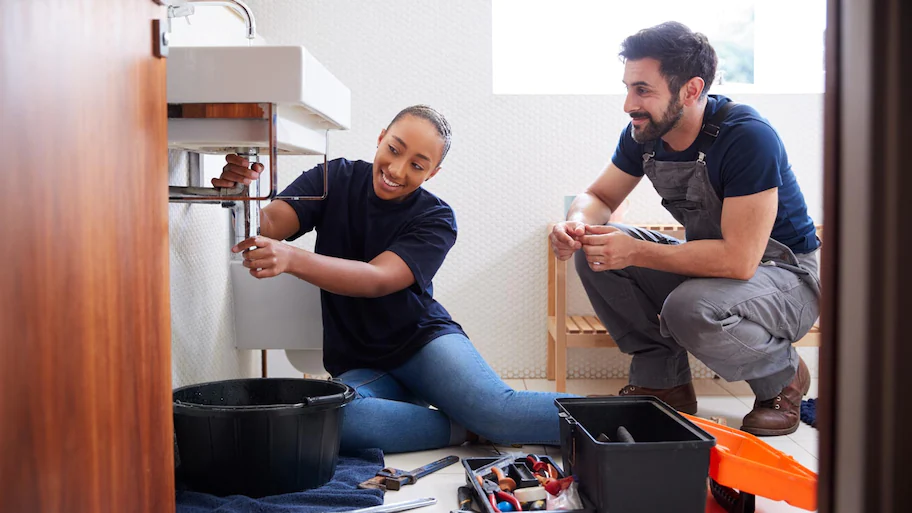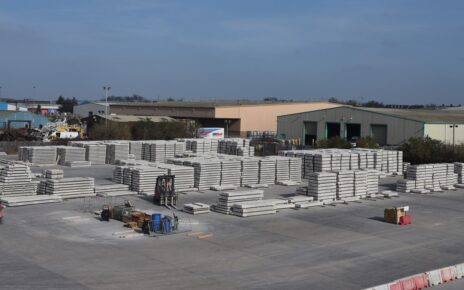Living in a high-rise apartment building provides many conveniences – easy access to public transportation, beautiful views, and proximity to urban amenities. However, to plumbing, high-rises present some unique challenges that require special attention and maintenance. The biggest plumbing headache in high-rises is getting adequate water pressure to upper-floor units. As water travels vertically up dozens of floors, the pressure drops significantly. Low water pressure makes activities like showering, washing dishes, and flushing toilets difficult. It also causes supply pipes and valves to wear out faster.
Plumbing experts tackle insufficient water pressure in high-rises in a few key ways. One is by installing booster pumps at strategic points in the building to give the water an extra push. They may also replace narrow supply pipes with wider diameter pipes that offer less resistance. Adjusting valves and regulators so they provide the right amount of pressure to different building zones is another strategy.
Blocked drains and sewer lines
- Hundreds of drains emptying into the same sewer lines, high-rise drain systems can get overloaded with debris that leads to clogged drains or pipe backups. Hair, grease, and food particles are common culprits. Tree roots infiltrating underground sewer lines can also cause major blockages.
- Professional drain cleaning services have industrial-strength equipment to handle high-rise drain issues. Augers and hydro-jetters can cut through thick blockages and clear out pipes several stories up. They can also perform preventative maintenance like sewer line video inspections to identify potential trouble spots before they turn into backups.
- Detecting leaky pipes or valves in a large high-rise is like finding a needle in a haystack. Small drips and leaks behind walls can go unnoticed for years leading to mold, structural damage, and wasted water. Licensed plumbers have specialized tools to find leaks accurately before they become bigger problems. For recurrent leaks, they can identify if faulty supply valves and aging distribution pipes need replacement.
Corrosion of pipes and fixtures
The aquatic environment inside a high Bondi plumbing specialists network leads to corrosion of pipes over time. Chemicals and minerals in water react with internal pipe surfaces forming scale and rust. It leads to reduced water flow, leaks, and flooding when pipes fail. Regular pipe maintenance and replacement of outdated galvanized steel and iron supply lines with durable copper or PEX piping help combat corrosion.
In high rises, much of the plumbing infrastructure runs through inaccessible shaftways, wall cavities, and mechanical rooms. This makes routine inspections and repairs tricky. Property managers must ensure plumbers can readily access concealed supply lines, drains, sewer cleanouts, and shut-off valves when problems arise. Easy access also aids preventative maintenance.
Before starting plumbing repairs in a high-rise, technicians must coordinate with building managers and maintenance staff. Entering mechanical rooms or shutting off water to floors or zones requires permission and planning. Effective communication ensures residents are notified of any service disruptions or access to properties needed to perform repairs.





